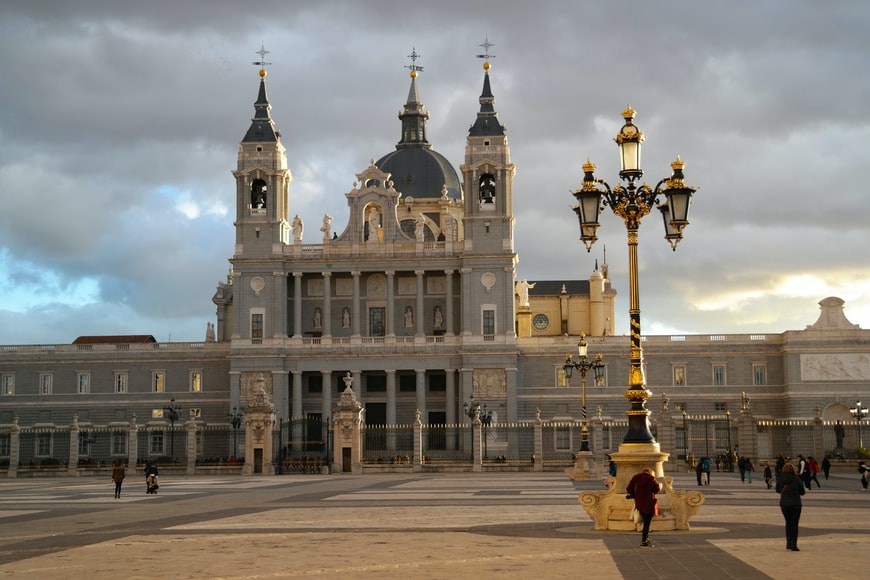Three Main Phases Of Change in Spanish Politics
The political system of Spain has undergone several major transformations in the past two decades. The electoral cycle of 2015 is perhaps the most turbulent, and may be considered the final stage of a great crisis. However, there is a general consensus on the characterisation of four electoral cycles in the country’s recent history, which have been marked by varying levels of polarization and fragmentation. The last one, which saw the election of President Pedro Sánchez in 2012, saw the emergence of a radical nationalist party, Vox.

How Have These Key Changes Occurred?
The three phases of the political system in Spain are described below. First, students learn about the structure of the Spanish political system. Second, they engage in debates about the Spanish political system, in which their participation will be evaluated. Third, students will engage in practical exercises on the Spanish political system, which will include reading and analyzing data. Some of these will count towards the module evaluation. After that, they will have to pass an examination. The exam will be held in April or May, so they should be prepared for a rigorous study.
The next cycle is the foundational phase. This includes the first two democratic elections after the restoration of democracy in 1977. This resulted in a moderate, pluralist party system. In 1977, a single-party minority government led by Adolfo Suarez’s Union of the Democratic Center (UDC) won, and was subsequently revalidated in 1979. The single-party minority government had the main task of delivering the new democratic constitution. In November, Suarez resigned and a new minority UCD was proclaimed.
In Spain, the first act of a new political party is to win electoral support in a less restrictive competition, which is ideal for them to gain visibility. Traditionally, new parties debut in contests with less restrictive criteria than general elections in order to gather enough electoral support and political influence to be successful. Ciudadanos, for example, achieved its breakthrough at the 2014 European Parliament elections in a less restrictive environment than the general election. The second-order election punishes the big parties and benefits the smaller ones, making it an excellent first act for a new party before winning seats in a general election.

Conclusion
In the last elections, the left-wing Ayuso and the Ciudadanos lost the election. The centrist party, Vox, was junior partners in the Murcia regional government. It dissolved its coalition with Ciudadanos. In the following election, Ayuso seized the leadership position. It has been a kingmaker in its region, but its role is still limited at the national level.
Since Spain’s transition to democracy, no coalition governments have been formed. Instead, majority governments have been formed whenever a party failed to secure a majority of seats in a national election. There has never been a single government in Spain, though. The country is divided into three regions, and each has a government that focuses on specific issues. Although the government is split, the two main political parties work together to rule the country.

